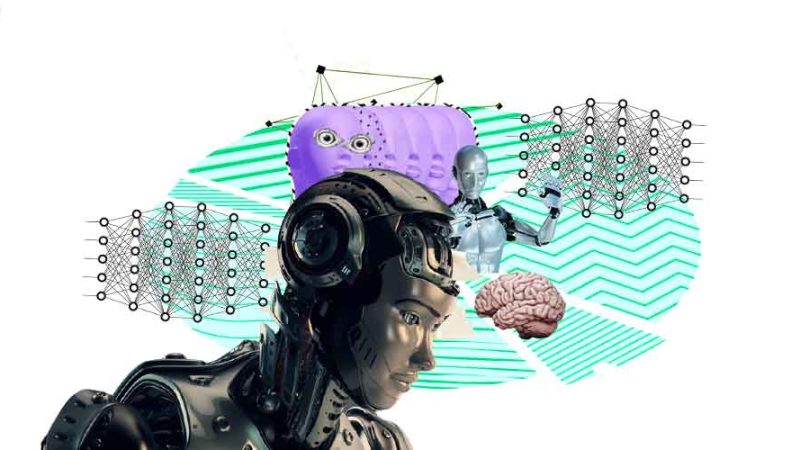
Can India Fix its Structural Problems Through Proper Digitalization?
Revolutionizing India’s Economy and Infrastructure: The Role of Digitalization in Addressing Structural Challenges
Intro
As the world becomes increasingly digital, it is essential for countries to keep up with the latest technologies to stay competitive. India is a country that has made significant strides in the digital space in recent years, but it still has some structural problems that need to be addressed to fully leverage the power of digitalization.
In this article, we will explore the current state of digitalization in India and examine the structural issues that are holding the country back. We will also discuss the potential solutions that can help India fix these problems and fully embrace the digital age.
The State of Digitalization in India
India has come a long way in its digital journey. According to a report by McKinsey, India’s digital economy is projected to reach $1 trillion by 2025, up from $200 billion in 2017. This is a significant milestone and shows the potential for digitalization to drive growth and development in the country.
However, despite this growth, India still lags behind many other countries in terms of digital infrastructure and adoption. For example, the World Bank’s Ease of Doing Business Index ranks India 154th out of 190 countries in terms of access to electricity, which is essential for powering digital infrastructure. Similarly, the country ranks 74th in the World Economic Forum’s Network Readiness Index, which measures a country’s ability to leverage ICT (Information and Communication Technologies) for increased competitiveness and well-being.
Structural Problems Holding India Back
To fully leverage the power of digitalization, India needs to address some structural problems that are holding the country back. One of the primary issues is the lack of access to reliable electricity. As mentioned earlier, India ranks 154th out of 190 countries in the World Bank’s Ease of Doing Business Index, indicating that the country has a significant electricity deficit.
Another issue is the lack of digital infrastructure, such as high-speed internet connectivity. India has made significant progress in this area in recent years, but there is still a long way to go. According to a report by Ookla, the average fixed broadband speed in India is only 45.84 Mbps, compared to 180.57 Mbps in the United States.
Another challenge is the lack of digital literacy. Many people in India still do not have the necessary skills to use digital technologies. The government needs to provide digital literacy training to the masses to ensure that everyone can benefit from digital technologies.
In addition, India also has a large population of people who are still unbanked and lack access to financial services. According to the World Bank, only 54% of adults in India have an account with a financial institution, which is significantly lower than the global average of 69%. This lack of access to financial services can make it difficult for people to participate in the digital economy.
Potential Solutions to Fix India’s Structural Problems
To fix these structural problems and fully embrace the power of digitalization, India needs to focus on several potential solutions. First and foremost, the country needs to prioritize access to reliable electricity. This can be achieved through investments in renewable energy sources such as solar and wind power.
India also needs to continue investing in digital infrastructure such as high-speed internet connectivity. This can be achieved through partnerships between the government and private sector to build the necessary infrastructure.
Finally, India needs to focus on financial inclusion to ensure that all citizens have access to financial services. This can be achieved through the expansion of digital payment systems and the promotion of financial literacy.
Conclusion
In conclusion, while India has made significant progress in its digital journey, there are still structural problems that need to be addressed to fully leverage the power of digitalization. By prioritizing access to reliable electricity, investing in digital infrastructure, and promoting financial inclusion, India can overcome these challenges and become a leader in the digital economy.











